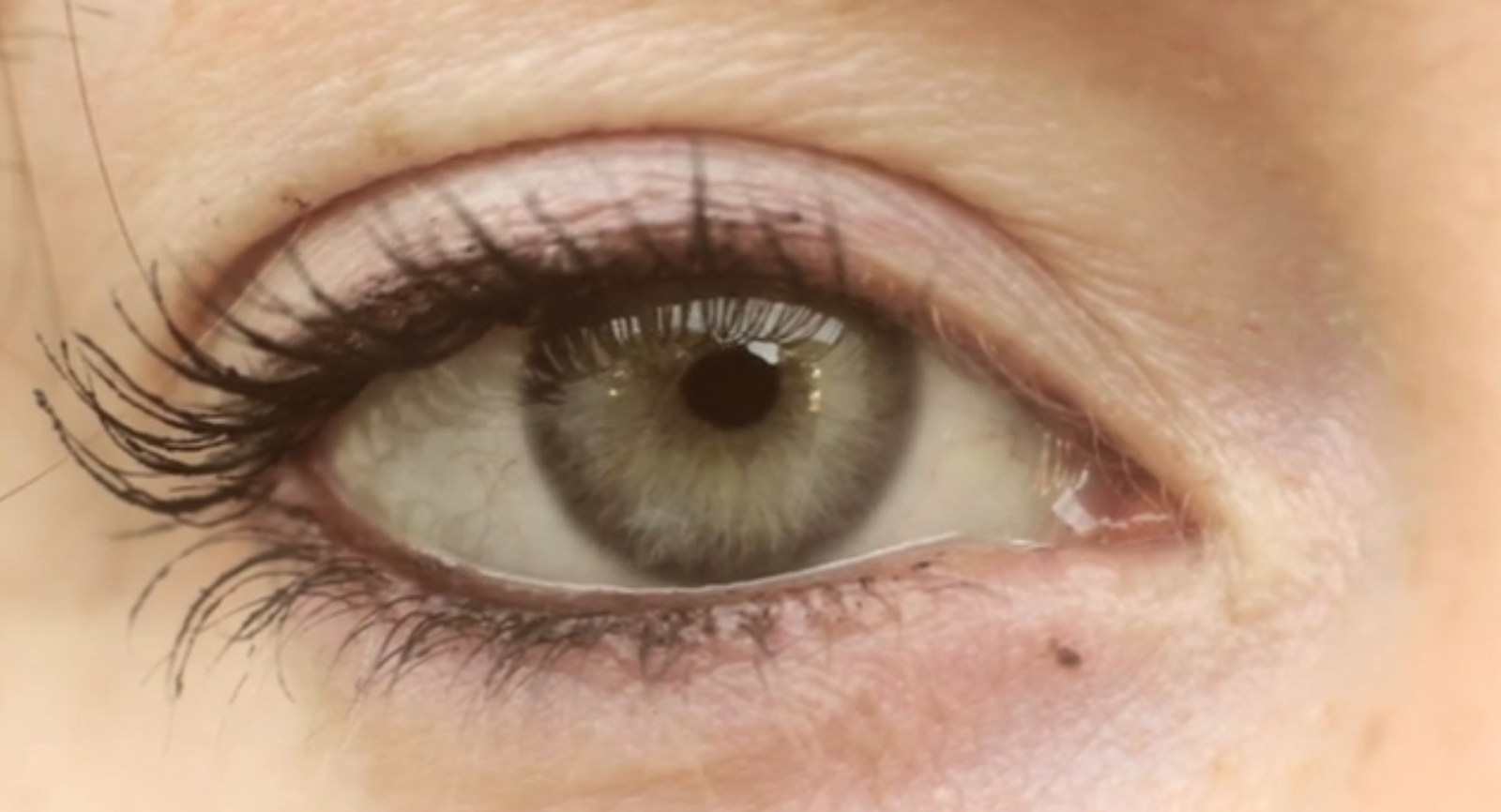Risk Assessment
Group Members: Arsena, Diana, Courtney and Naomi Location: Train Station
Hazard
|
Person(s) at Risk
|
Likelihood of Hazard
1 – Extremely Unlikely
5 – Extremely Likely
|
Severity of Hazard Outcomes
1 – Very Low Risk
5 – Very High Risk
|
Risk Level
(Likelihood + Severity)
2
|
Measures to Take to Manage Risk
|
Risk Managed?
Y/N
|
| Hit by a train | Actors | 1 | 5 | Not likely very severe | Make sure no one is near the trains or train tracks during filming or before filming. | Yes |
| Trip over the platform | Everyone | 2 | 4 | Likely Severe | To stand behind the yellow line on the platform | Yes |
| Fall down the escalator | Everyone | 3 | 2 | Not too likely to happen Not too severe | To look carefully before walking with the equipment | Yes |
| Running at the station | Everyone | 5 | 3 | Likely Quite severe | Make sure to take time when in the station. Especially when it is crowded because you could fall and break something or hurt yourself | Yes |






























